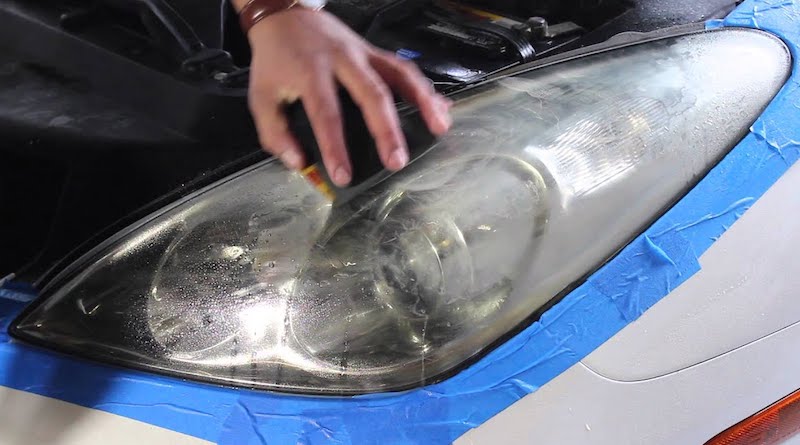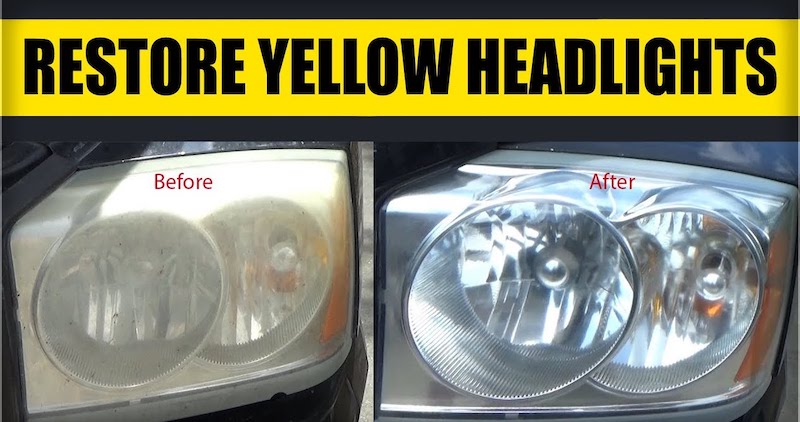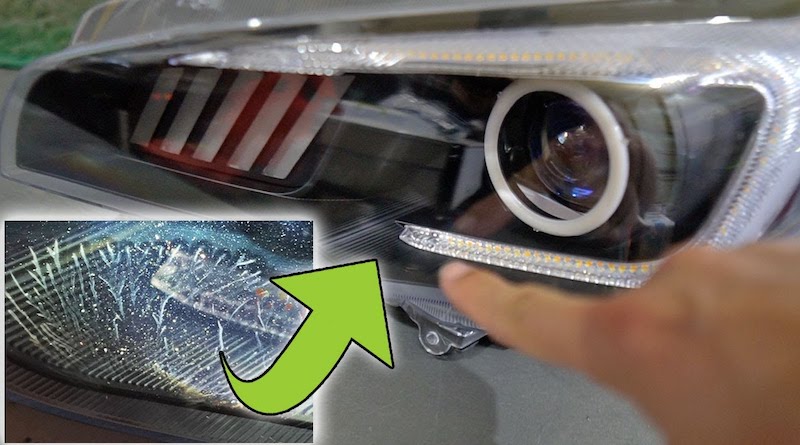What Headlights Are the Brightest
A few decades ago, all headlights produced a yellow or orange light. This has since changed as car manufacturers equip more vehicles with white lights. While yellow headlights perform well in poor weather conditions, they aren’t the best in clear weather.
As such, manufacturers have opted for white headlights. And, there are different types available. They include halogen headlights, HID or xenon headlights, and LEDs. All of them produce a specified level of brightness described in Lumens and Kelvins.
What Type of Headlights Are the Brightest
The brightest headlights are LED headlights. They are closely followed by HID or Xenon headlights. Their brightness is determined by how many lumens they emit. Below is a breakdown of what each type of headlight has to offer.
Halogen headlights
Halogen headlights have been around since the late 1900s. They were the first composite headlights to replace sealed beam headlights. Instead of replacing the entire headlight, buyers could now change just the bulb whenever it burnt out.
Halogen headlights comprise a tungsten filament that glows when electricity is passed through it. The filament is contained in a glass capsule filled with halogen gas. The gas helps to maintain a constant light output throughout the bulb’s lifespan.
It also helps to condense any materials on the filament that boil due to high temperatures. It allows them to be reused. When compared to other types of headlights, halogens are on the lower scale of brightness.
They are the old standard in the industry and most tend to emit between 700 and 1,200 lumens. Despite this, they work just fine for the average driver and produce enough light for night driving.
HID or Xenon headlights
HID is an acronym for high-intensity discharge. It is used to indicate that the bulb used is brighter than the standard headlight. A typical HID headlight features a HID light bulb that comes with two tungsten electrodes.
The electrodes are enclosed in a glass housing filled with xenon gas. Light is created by sending an electrical charge between the two electrodes. These types of bulbs usually require ballast to generate the initial surge of electricity and to regulate power.
They are considered highly efficient and tend to be much brighter than halogen headlights. They also produce more light while consuming less energy. Many car manufacturers prefer them for their improved efficiency.
Unlike halogens, they do not contain filaments. This means that they are less fragile and less likely to break when driving. As a result, they last longer. The average lifespan of a HID headlight is about 5,000 hours.
If you’re looking for whiter lights, HID or Xenon headlights are the go-to option. They also produce a cleaner beam that looks much better than that produced by halogens. The brightest HID headlights emit up to 8,000 lumens.
LED headlights
LED headlights are the brightest headlights available today. They first appeared in vehicles in 2004. They feature a distinctive white color that is brighter than halogen and HID bulbs. Their small nature makes them easy to squeeze in tight spaces.
They can also be moved around to create a wide variety of patterns. This has given car designers and engineers a lot of room to be creative. LEDs pass an electric current through a semiconductor to produce light.
The current flows in one direction and requires very little power to illuminate. The energy they draw from the battery is less than what xenon and halogen headlights need. They are also able to produce a wider beam pattern and are about 90% more efficient than other headlights.
LEDs are simple in design and construction. They create less room for error and there is usually very little that can go wrong with them. As such, they tend to be more durable and last longer than halogens and HIDs.
Most new cars feature LED headlights. The brightest emit between 9,000 and 10,000 lumens.
How to increase the brightness of your headlights
The best way to increase the brightness of your headlights is to upgrade them. Headlights tend to grow dim over time. Switching from halogen headlights to HIDs or LEDs can help you increase your vehicle’s brightness.
When shopping for new lights, pay attention to their Lumen and Kelvin ratings. Lumens tell you how bright a headlight is. The more lumens a headlight has the more light it will produce.
Kelvins tells you what color temperature a bulb has. A bulb with a lower rating of about 2000K will produce a yellow or orange light. A bulb with a higher color temperature rating will produce whiter light.
Remember, whiter light is the best for visibility. It is the most widely used in headlights. Headlights that produce this kind of light mimic the appearance of the sun. Unlike their yellow alternatives, they do not have filters that reduce light output.
Higher lumens ideally translate to brighter lights. However, it’s important to note that some ratings can be deceptive. Some headlights have ridiculous ratings of up to 50,000 lumens. This should not be taken at face value.
Also, it’s important to ensure that you pick something that is street legal. Confirm with your state laws the maximum Lumen and Kelvin ratings allowed for vehicles. Going higher than what is recommended can be dangerous for driving, especially if it blinds and dazzles other motorists.
Conclusion
The brightest headlights are headlights that produce white light. HIDs, Xenon, and LED headlights are the most popular in this category. While yellow lights will help you see through fog, rain, mist, and other poor weather conditions, they are not the best on a clear night.
When shopping for the brightest lights, pay attention to the Lumen and Kelvin ratings. The two do not correlate in any way. There are headlights that have lower lumens but higher Kelvin ratings. The vice versa is also true.
Make sure you pick what works for your car. Having lights that are too bright can get you on the wrong side of the law. It can also cause accidents on the road. Pick what is just enough for your night driving.
Recent Blog Posts
November 29, 2022

One of the best solutions for fixing hazy headlights is to wet sand them. While there are other ways you can clear up your oxidized headlights, few methods work as great as wet sanding. It not only cleans the plastic lens completely but also achieves permanent results.
November 29, 2022

Headlights that have turned yellow can make a car look really old. The foggy coating that covers the headlight tends to reduce the amount of light emitted on the road. This can affect the driver’s visibility and make it hard to maneuver dark roads.
November 29, 2022

There are plenty of solutions out there when it comes to cleaning the outside of your headlights. You can easily remove the yellow coating that forms on the plastic lens using a few household products.